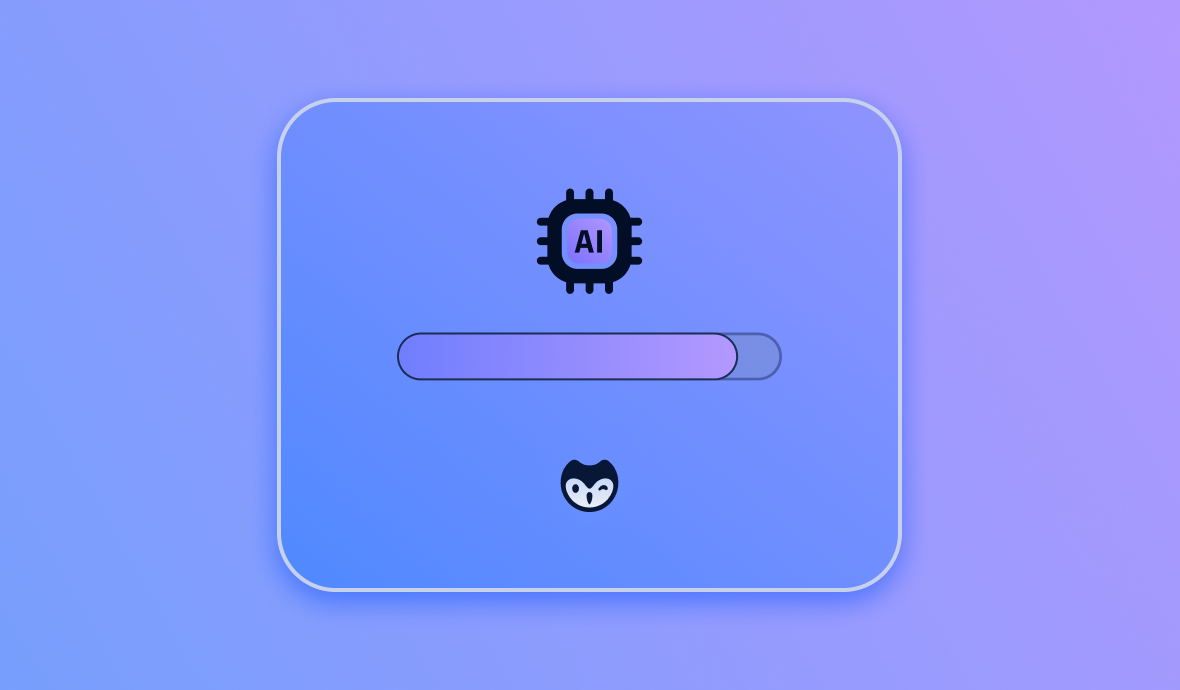As 2024 unfolds, the cybersecurity landscape is witnessing a notable transformation, primarily driven by the increasing integration of Artificial Intelligence (AI). Here's a deeper dive into what these changes entail and their significance in the cyber world.
The New Regulatory Landscape: Navigating Major Shifts
One of the most significant changes we're seeing is in the regulatory framework governing cybersecurity. Public companies are now required to report cybersecurity incidents within just four business days, marking a significant shift in corporate governance and cybersecurity management. This new mandate is reshaping how businesses approach cybersecurity, with a strong emphasis on compliance and proactive management of cybersecurity risks.
In parallel, the EU has taken a pioneering step by passing the first regulation specifically targeting AI technology. Although it might seem early, the groundwork for this law began back in 2021, and it has since been refined for the realities of a post-ChatGPT world. The AI Act establishes the EU as a leader in coordinating compliance, implementation, and enforcement of AI regulations.
The act sets mandatory regulations for AI, focusing particularly on foundation models. These are the most powerful systems, like GPT-4, Claude, or Gemini, developed using extensive datasets that may include billions of items, some of which could be subject to copyright. Given their potential impact, these models will face heightened scrutiny, particularly in terms of security.
Echoing the influence of the General Data Protection Regulation (GDPR), the AI Act is poised to become a global benchmark for AI regulation. The EU's proactive stance in this area demonstrates its ambition to be the world's leading tech regulator, potentially influencing global standards in AI governance.
AI's Dual Role in Cybersecurity
The role of AI in cybersecurity is a complex one. On one hand, AI technologies offer enhanced protection for systems and data. They allow for more sophisticated and efficient security measures. On the other hand, they introduce new kinds of risks and vulnerabilities. This duality is at the heart of strategic planning for CISOs and CSOs, who now have to consider both the advantages and the potential threats posed by AI. Balancing these aspects is crucial for developing effective cybersecurity strategies.
The Evolution and Scrutiny of AI Developer Tools
AI-based tools like Copilot and CodeWhisperer are revolutionizing the way developers work, significantly boosting productivity. However, these tools often bypass traditional security practices, potentially leading to new vulnerabilities. In response to this, we expect to see the emergence of oversight tools specifically aimed at scrutinizing and enhancing the security and quality of AI-generated code. This development is crucial in maintaining the balance between efficiency and security in software development.
The Rising Importance of Generative AI in Cybersecurity Products
Generative AI is quickly becoming an integral part of cybersecurity solutions. Its transition from an optional feature to a core component in both B2B and B2C cybersecurity products reflects the growing reliance on AI for advanced threat detection and response mechanisms. This trend will probably only get stronger next year, as we are yet to see LLM-first products claim superior workflows compared to traditional products.
The Evolving Responsibilities of CISOs
The responsibilities of Chief Information Security Officers (CISOs) are changing quickly due to an increasing attack surface and the need for ongoing security vigilance. With new regulations aiming to accurately reflect the cost of cyber risks in market dynamics, CISOs are under greater pressure to be proactive in risk identification and mitigation. This heightened focus is also a response to the board's growing demand for a transparent and accurate understanding of the organization's actual security stance. The ongoing SEC vs SolarWinds case, dubbed as the 'Enron moment' of cybersecurity, should definitely make a turning point.
AI, Open-Source, and Compliance
The integration of AI in cybersecurity brings to the fore the challenge of managing open-source software in compliance with new regulations. This challenge is reminiscent of the complexities faced in the implementation of the EU's Cyber Resilience Act. As regulations become more stringent, the task of ensuring that AI and open-source software meet these new standards becomes increasingly significant and complex.
In Conclusion: Striking a Balance in 2024
In summary, 2024 is a pivotal year in the field of cybersecurity, with AI playing a central role. The key to success in this evolving landscape lies in finding a balance - leveraging AI for innovation and enhanced security, while also navigating the challenges of new regulations and the inherent risks of AI technologies. It's a delicate balancing act, but one that is crucial for building a secure and resilient digital future.



